The unambiguous discovery of a Wigner crystal relied on a novel technique for probing the insides of complex materials.


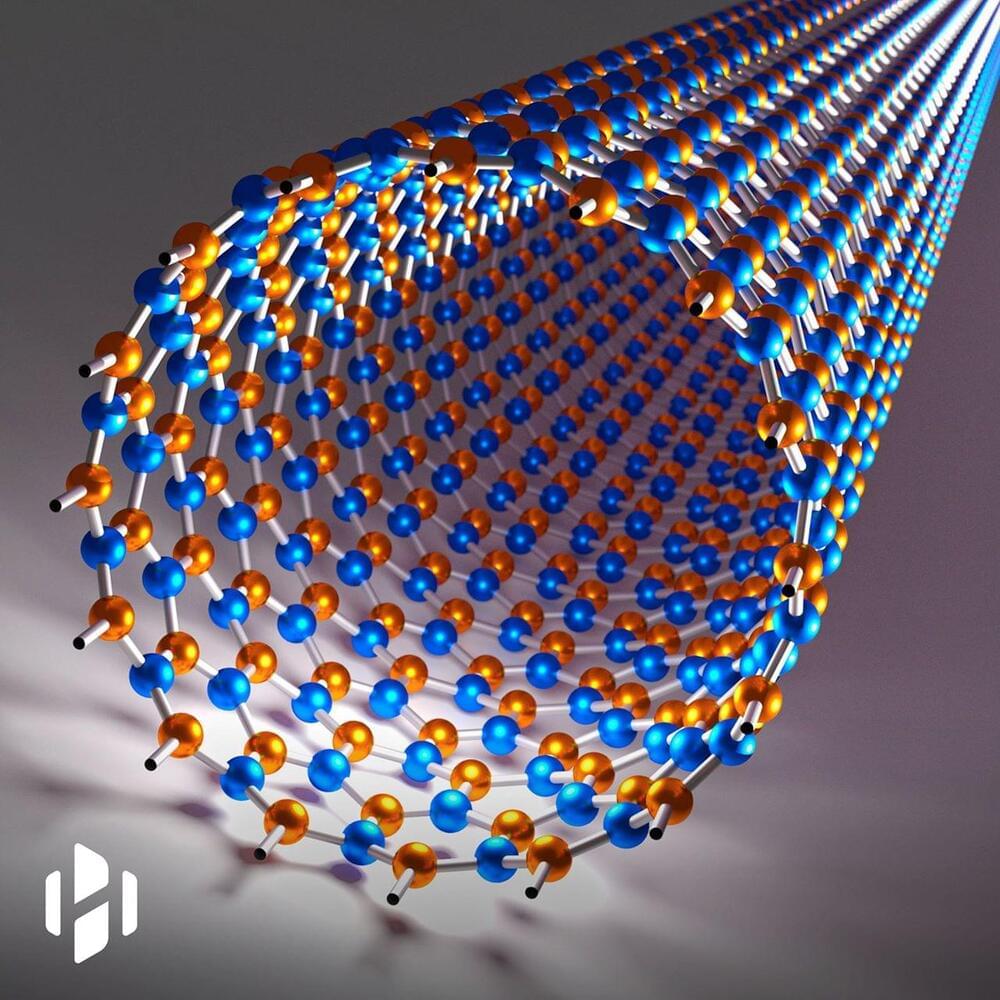
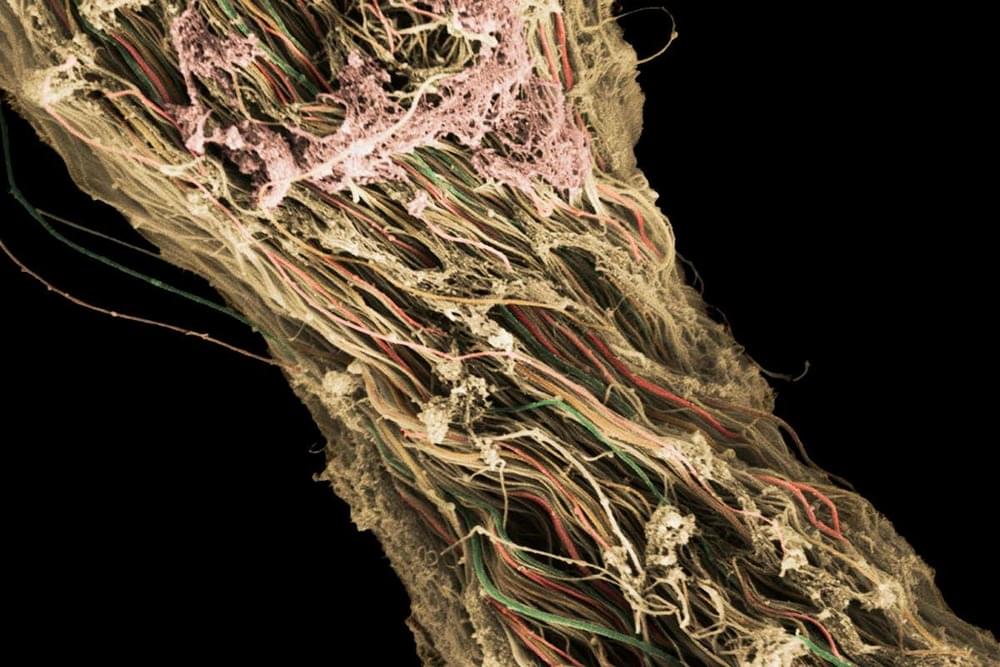
A new hydrogel could help improve the treatment of damaged cartilage in knees and other joints. The unique properties of the gel, which provides a scaffold for cartilage cells to grow on, allow it to be implanted via keyhole surgery.
“We will start human trials soon,” says Qiuning Lin at the Shanghai Jiao Tong University in China.
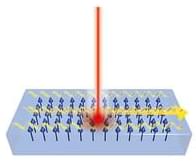
Magnetic excitations in multiferroic materials accompany electric polarization, known as electromagnons. The authors develop here a general framework to study electric polarization and nonlinear optical responses of noncentrosymmetric magnets based on spin models. They theoretically demonstrate the optical excitation of electromagnon-induced dc current generation (i.e., a photovoltaic effect) from the so-called shift current mechanism.
You may not want to live near areas like this in the country.
“The problem you have here is that the NRC is simply not doing its job as a regulator. So what it has done is allowed the industry to basically determine the conditions under which this material is stored on a temporary basis across the country,” echoed retired Rear Admiral Len Hering, who served more than 30 years in the US navy and was awarded a2005presidential award for leadership in federal energy management from President George W Bush.
The San Onofre reactors are among dozens across the United States phasing out, but experts say they best represent the uncertain future of nuclear energy.
“It’s a combination of failures, really,” said Gregory Jaczko, who chaired the US Nuclear Regulatory Commission (NRC), the top federal enforcer, between2009and 2,012 of the situation at San Onofre.
That waste is the byproduct of the San Onofre Nuclear Generating Station (Songs), three nuclear reactors primarily owned by the utility Southern California Edison (SCE).
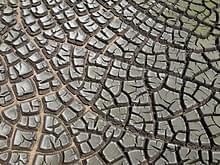
Purple is the new black.
Purple bacteria are poised to turn your toilet into a source of energy and useable organic material.
Household sewage and industrial wastewater are very rich in organic compounds, and organic compounds can be very useful. But there’s a catch: we don’t know of any efficient way to extract them from the eww goo yet. So these resource-laden liquids get treated, and the material they contain is handled as a contaminant.
New research plans to address this problem — and by using an environmentally-friendly and cost-efficient solution to boot.

A Hong Kong start-up company has launched an eco-friendly plastic bag dubbed “Invisible Bag” which can easily dissolve in hot water (above 80 degrees Celsius). More importantly, its ingredients are non-toxic and will not cause harm to the environment.
It started by Devana Ng and her French husband Flavien Chaussegros, who are passionate about trail running. Last year, they saw the mountains full of plastic waste and decided to do their part for the planet by reducing the amount of waste. They founded Distinctive Action to promote sustainable and environmentally friendly products. The Invisible Bag is made of Polyvinyl Alcohol (known as PVA) together with plant-based starch, glycerin and water.
After soaking in water for a few minutes, the Invisible Bag will dissolve in hot water, which will turn milky white. However, it is environmentally safe, non-toxic, biodegradable, and leaves no microplastics behind, according to the Distinctive Action’s official website.

In a significant achievement, physicists have produced a two-dimensional supersolid in the lab for the first time.
That may sound incredibly mind-bendy, but it’s a feat researchers have been working towards for more than 50 years. Supersolids are strange materials with atoms arranged in the ordered structure of a solid, yet they can flow without friction, just like a superfluid.
Two years ago, physicists successfully created supersolids using ultra-cold magnetic atoms… but only in one-dimension. Now, a team of Austrian researchers has managed to create the crystal-like structure in 2D for the first time; the result will allow physicists to test and experiment with some of the weirdest materials-science phenomena out there.
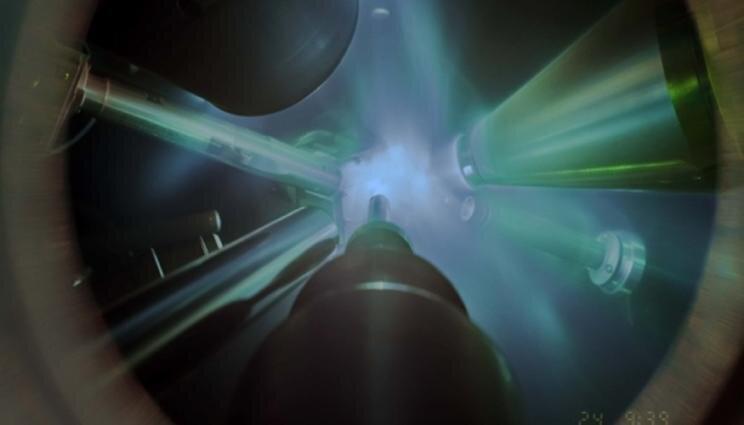
Lawrence Livermore National Laboratory (LLNL) researchers have explored high-pressure behavior of shock-compressed tantalum at the Omega Laser Facility at the University of Rochester’s Laboratory for Laser Energetics (LLE). The work showed tantalum did not follow the predicted phase changes at high pressure and instead maintained the body-centered cubic (BCC) phase until melt.
The results of the work are featured in a Physical Review Letters paper and focuses on how researchers studied the melting behavior of tantalum at multi-megabar pressures on the nanosecond timescale.
“This work provides an improved physical intuition for how materials melt and respond at such extreme conditions,” said Rick Kraus, lead author of the paper. “These techniques and improved knowledge base are now being applied to understanding how the iron cores of rocky planets solidify and also to more programmatically relevant materials as well.”
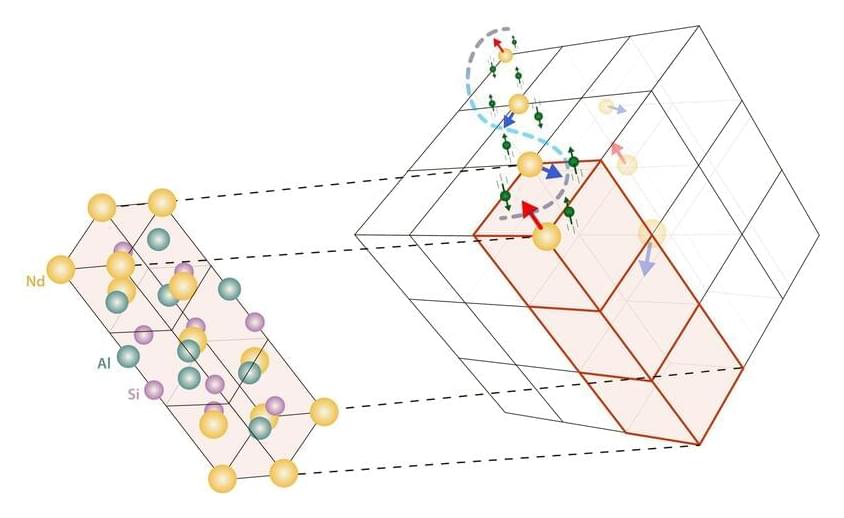
An exotic form of magnetism has been discovered and linked to an equally exotic type of electrons, according to scientists who analyzed a new crystal in which they appear at the National Institute of Standards and Technology (NIST). The magnetism is created and protected by the crystal’s unique electronic structure, offering a mechanism that might be exploited for fast, robust information storage devices.
The newly invented material has an unusual structure that conducts electricity but makes the flowing electrons behave as massless particles, whose magnetism is linked to the direction of their motion. In other materials, such Weyl electrons have elicited new behaviors related to electrical conductivity. In this case, however, the electrons promote the spontaneous formation of a magnetic spiral.
“Our research shows a rare example of these particles driving collective magnetism,” said Collin Broholm, a physicist at Johns Hopkins University who led the experimental work at the NIST Center for Neutron Research (NCNR). “Our experiment illustrates a unique form of magnetism that can arise from Weyl electrons.”